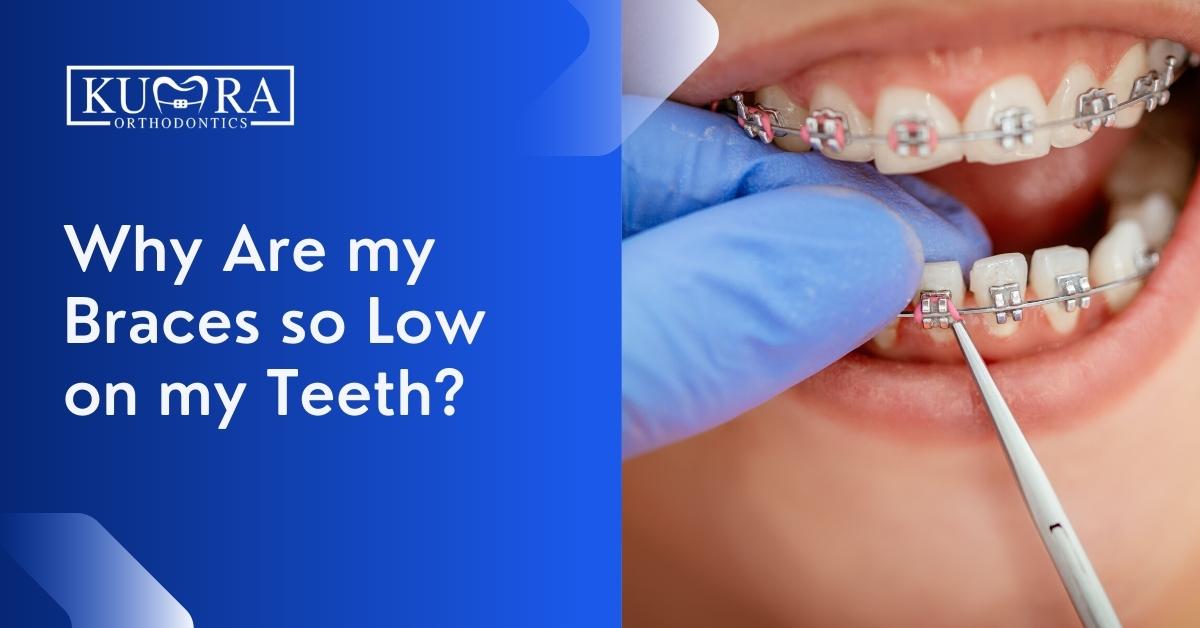Picking the most effective Cumming Orthodontics for Effective Braces and Aligners Solutions
Picking the most effective Cumming Orthodontics for Effective Braces and Aligners Solutions
Blog Article
Comprehensive Overview to Orthodontics Procedures for Dealing With Dental Misalignments
In the world of orthodontics, the journey to attaining a completely aligned smile entails a myriad of procedures customized to remedy dental imbalances. From traditional dental braces to invisible aligners and even surgical choices, the field of orthodontics uses a variety of remedies to deal with differing degrees of dental abnormalities. Comprehending the intricacies of each procedure, including their devices, benefits, and potential disadvantages, is critical in making informed choices regarding one's orthodontic therapy. As we navigate with the thorough guide to orthodontic procedures for dealing with dental misalignments, the detailed information of each technique will certainly unravel, clarifying the course toward a harmonious and practical dental positioning.
Orthodontic Procedures Summary

Routine modifications and monitoring are critical parts of orthodontic treatment to guarantee progress is on track and to make any required modifications along the means. By undertaking orthodontic procedures, people can not just attain a straighter smile but likewise boost their total oral health and feature.
Conventional Braces: Exactly How They Work
When considering orthodontic treatments for oral misalignments, traditional dental braces stand out as a reliable approach for remedying teeth positioning. Typical dental braces consist of braces, cables, and bands that work with each other to apply continual pressure on the teeth, progressively relocating them into the wanted positioning.
One key element of how typical braces work is the process of bone remodeling. As stress is put on the teeth via the braces, the bone bordering the teeth is reshaped to sustain the new tooth positions. This improvement is vital for the lasting stability of the dealt with positioning. People will require routine adjustments at the orthodontist's office to make certain the braces proceed to apply the right stress for efficient teeth motion.
Unseen Aligners: Advantages And Disadvantages
These clear, personalized trays are virtually unseen when put on, making them an attractive alternative for individuals looking for a much more cosmetically pleasing orthodontic therapy. Patients can get rid of the aligners before consuming or brushing their teeth, decreasing the threat of food obtaining stuck in the device and streamlining the cleansing process.

Surgical Orthodontic Options
Surgical treatments in orthodontics existing practical alternatives for dealing with intricate oral misalignments that may not be properly fixed via traditional orthodontic therapies. While standard braces and unnoticeable aligners can remedy several orthodontic issues, specific instances require surgical intervention to accomplish optimum outcomes. Surgical orthodontic alternatives are generally suggested for serious malocclusions, considerable jaw disparities, and instances where the underlying bone framework requires alteration to achieve proper alignment.
One typical surgical orthodontic procedure is orthognathic surgical procedure, which involves repositioning the jaws to correct functional issues such as difficulty chewing or speaking. This surgical procedure is frequently done in partnership with an orthodontist who assists align the teeth before and after the procedure. Surgical orthodontics might additionally entail procedures to expose impacted teeth, eliminate excess periodontal tissue, or reshape the jawbone to develop a more unified face account.
Prior to thinking about surgical orthodontic options, clients undertake an extensive assessment to identify the necessity and possible advantages of such interventions. orthodontics. While surgical procedure might appear overwhelming, it can dramatically enhance both the function and visual appeals of the smile in instances where traditional orthodontic treatments fail
Retainers and Post-Treatment Treatment

Failing to abide with post-treatment care instructions can result in relapse, where the teeth progressively relocate back towards their original settings. Regular retainer wear, good oral hygiene, and routine oral exams are crucial for preserving the results attained through orthodontic surgery and making certain the lasting security of the fixed oral placement.
Conclusion
In final thought, orthodontic treatments use various options for dealing with oral misalignments. Surgical orthodontic options are available for extra extreme misalignments. In general, orthodontic treatments can efficiently improve oral health and wellness and aesthetic appearance.
As we browse with the comprehensive overview to orthodontic procedures for correcting oral misalignments, the intricate information of each technique will certainly unravel, shedding light on the course toward a practical and unified dental alignment. - orthodontist
One of the most usual orthodontic treatments is the usage of braces, which are composed of metal braces and wires that use gentle stress to gradually change teeth into the wanted setting.When considering orthodontic therapies for oral misalignments, typical braces stand out as a reliable technique for dealing with teeth placing. In addition, unnoticeable aligners might not be suitable for complicated orthodontic concerns that need even more significant teeth motion, as they are typically suggested for light to modest situations. Retainers are personalized orthodontic devices created to hold teeth in their corrected settings after the conclusion of orthodontic therapy.
Report this page